Al Fereej Art and Design Festival:
Honoring Qatar’s Artistic Legacy
Project Summary
The Fereej Art and Design Festival was a six-day celebration of creativity and cultural pride, beginning on October 31st at the permanent headquarters of Darb Al Saai in Umm Salal. Organized by the Qatar Ministry of Culture, the festival was a central event in the cultural season, showcasing the vibrancy of Qatar's artistic scene.
Designed to honor the contributions of Qatari artists and inspire the younger generation, the festival created a dynamic space for expression, innovation, and community engagement. Families, art enthusiasts, and residents gathered to explore the rich tapestry of Qatari creativity while experiencing various artistic and cultural activities.
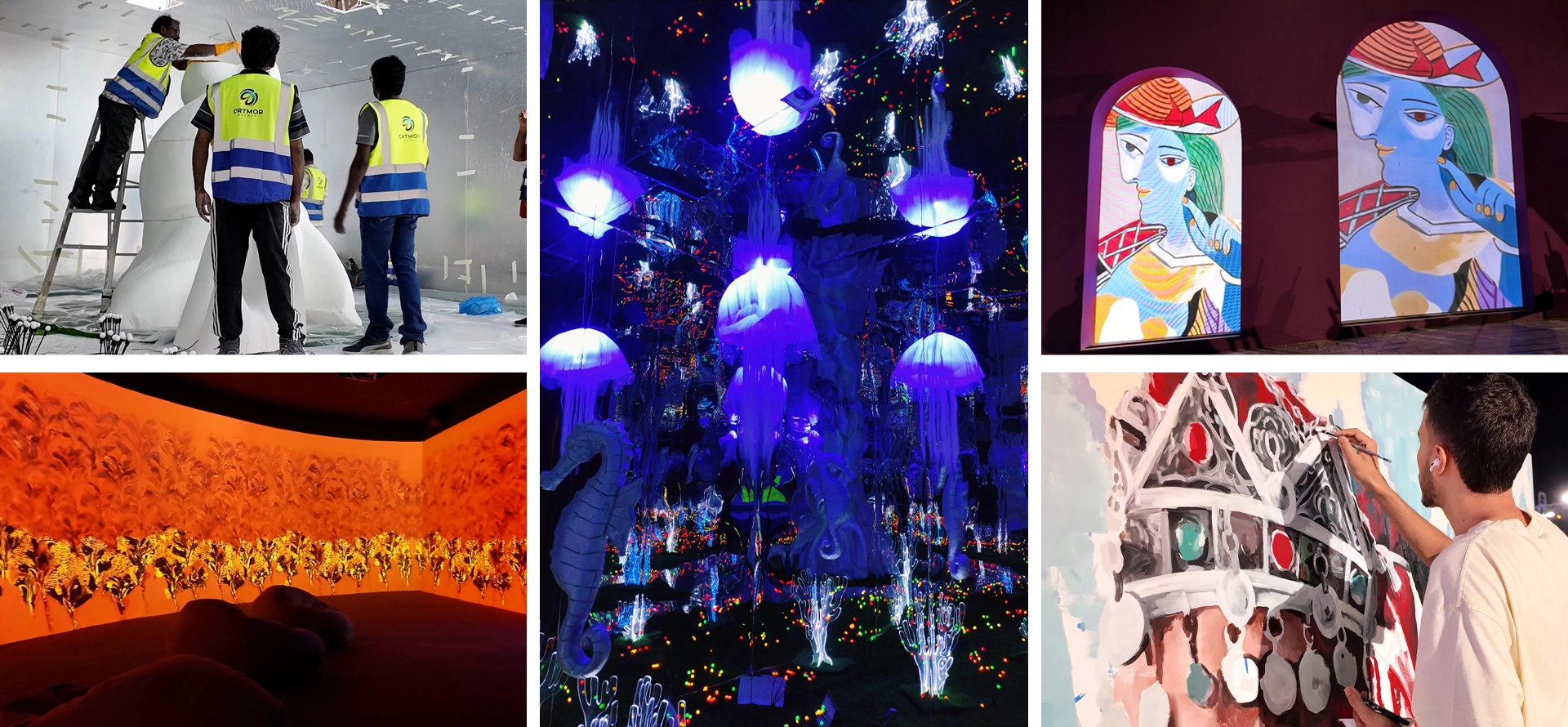
Client Requirement
Elevating the festival’s vision, the Qatar Ministry of Culture enlisted Ortmor to conceptualize and deliver a bespoke exhibit celebrating two of Qatar’s most esteemed artists, Ali Hassan and Ali Al Kuwari. Tasked with creating a dedicated space that not only showcased their iconic works but also immersed visitors in the artistic spirit of Qatar, Ortmor designed a gallery exclusively highlighting their achievements alongside an immersive room that brought the "land meets the sea" theme to life. By seamlessly integrating artistic expression with visitor engagement, the exhibit captured the harmonious interplay of Qatar’s natural and cultural elements through innovative design and interactive experiences.
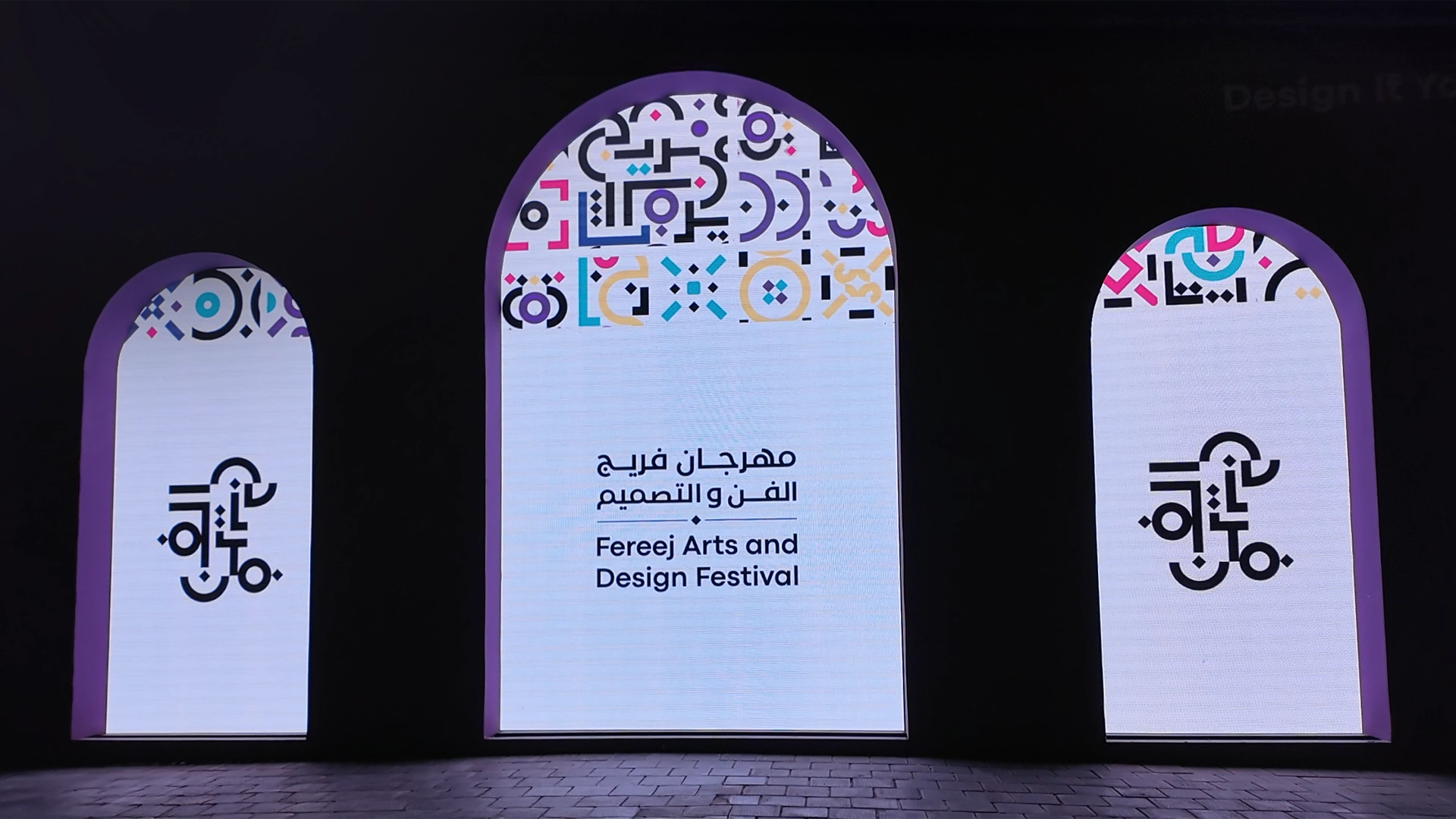
Key Objectives
To fulfill these requirements, Ortmor developed over eight potential concepts before finalizing three core ideas:
- An Art Exhibit Area to highlight the renowned works and biographies of the two artists.
- An Immersive Projection Mapping Room to showcase the dynamic artistry of Ali Hassan through innovative technology.
- An Interactive Underwater Room that recreated the sensation of being submerged in the sea, inspired by the artistic vision of Ali Al Kuwari.
Each of these experiences was carefully designed to align with the client’s theme and deliver a memorable journey for visitors.
Challenges
The project presented several challenges. Time constraints were a major hurdle, as the team had just seven days to finalize the concepts, build the installations, and prepare the exhibit spaces. Additionally, ensuring bilingual accessibility in English and Arabic added complexity, requiring precision in design and execution.
A significant challenge was building the immersive underwater room for which extensive modifications were necessary, including demolishing existing structures, constructing new doorways and walls, and ensuring smooth circulation for visitors. Despite these obstacles, the team overcame the challenges with ingenuity and determination, delivering the project on time.
Pre Production
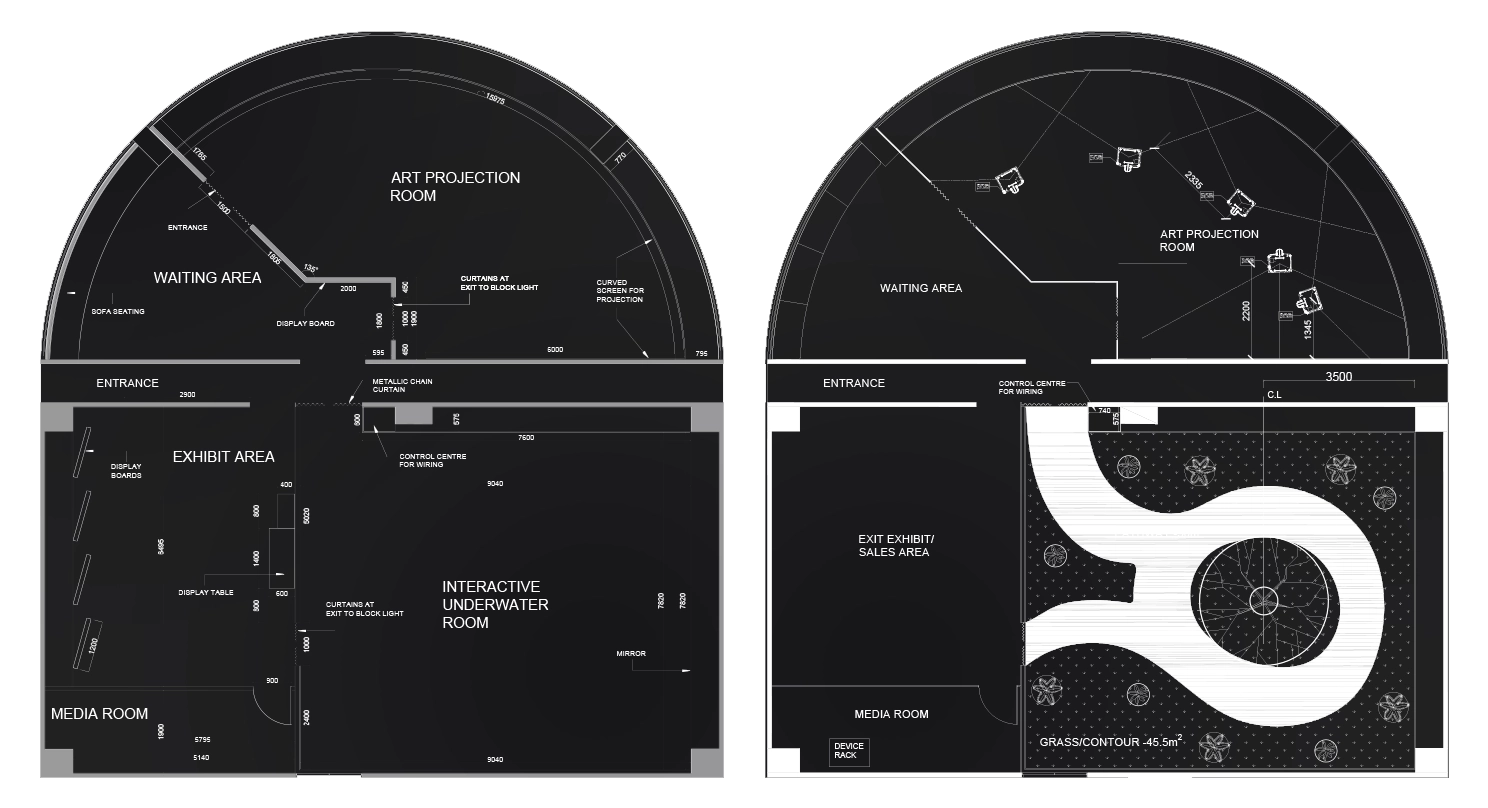
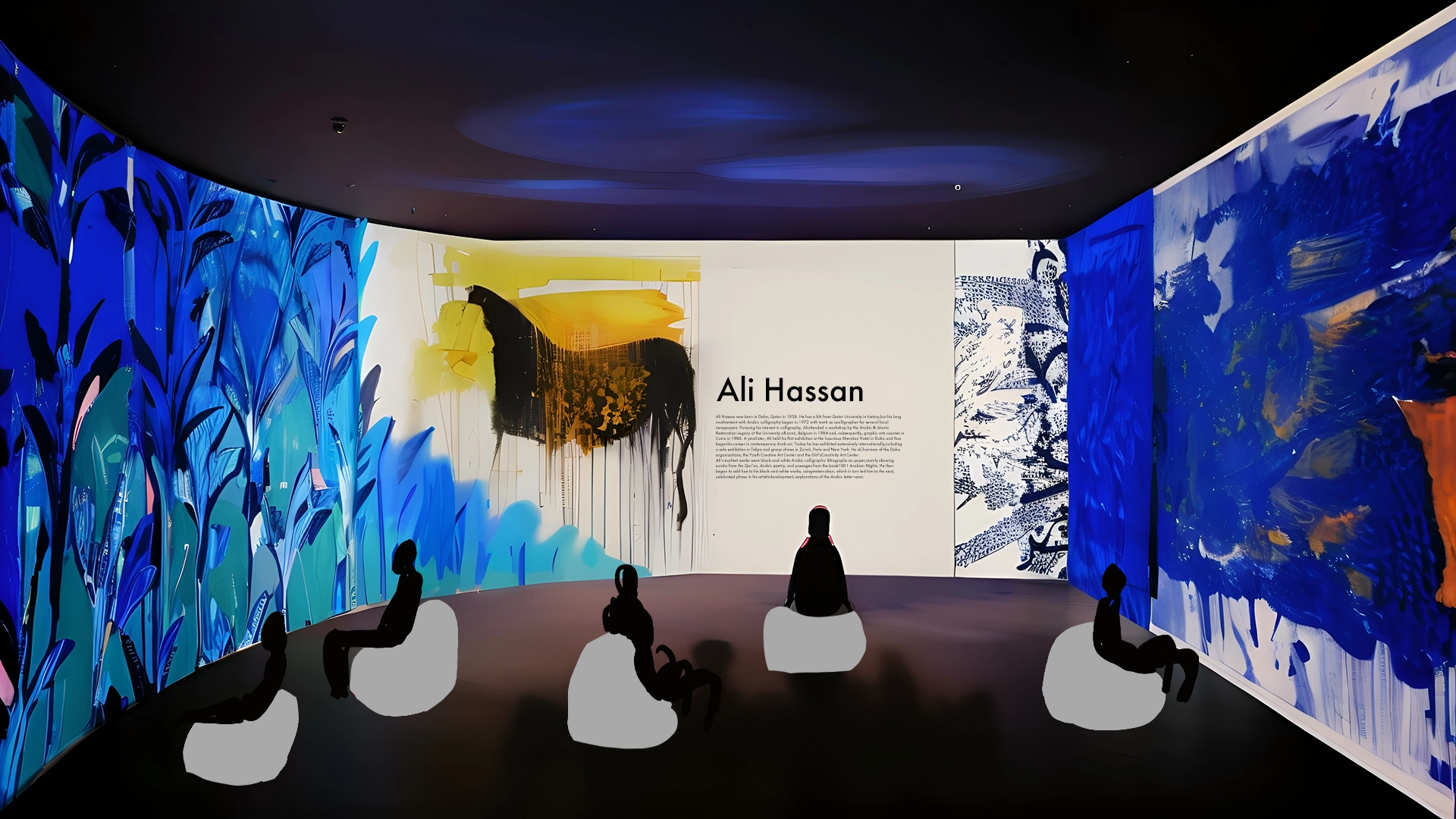
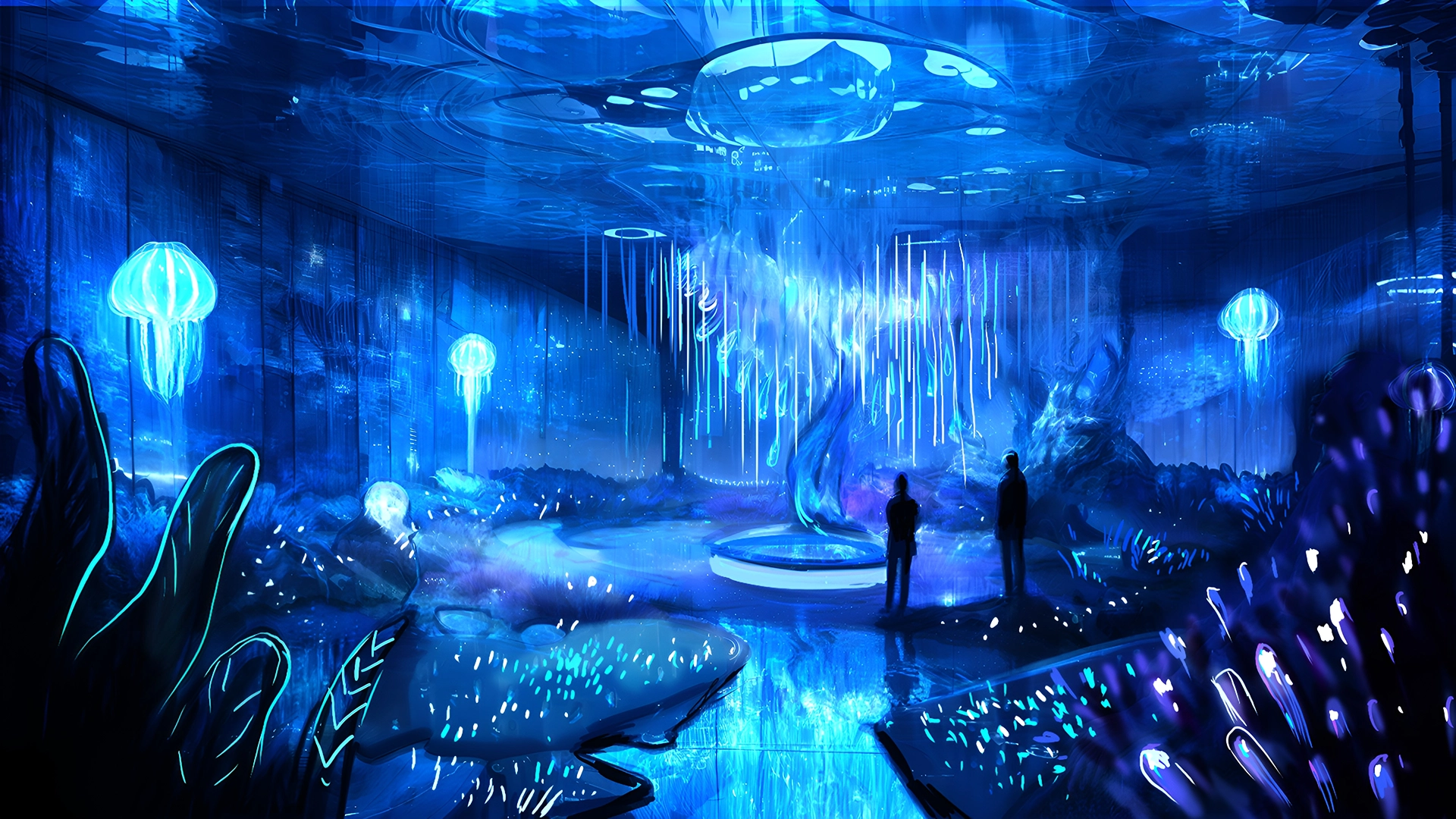
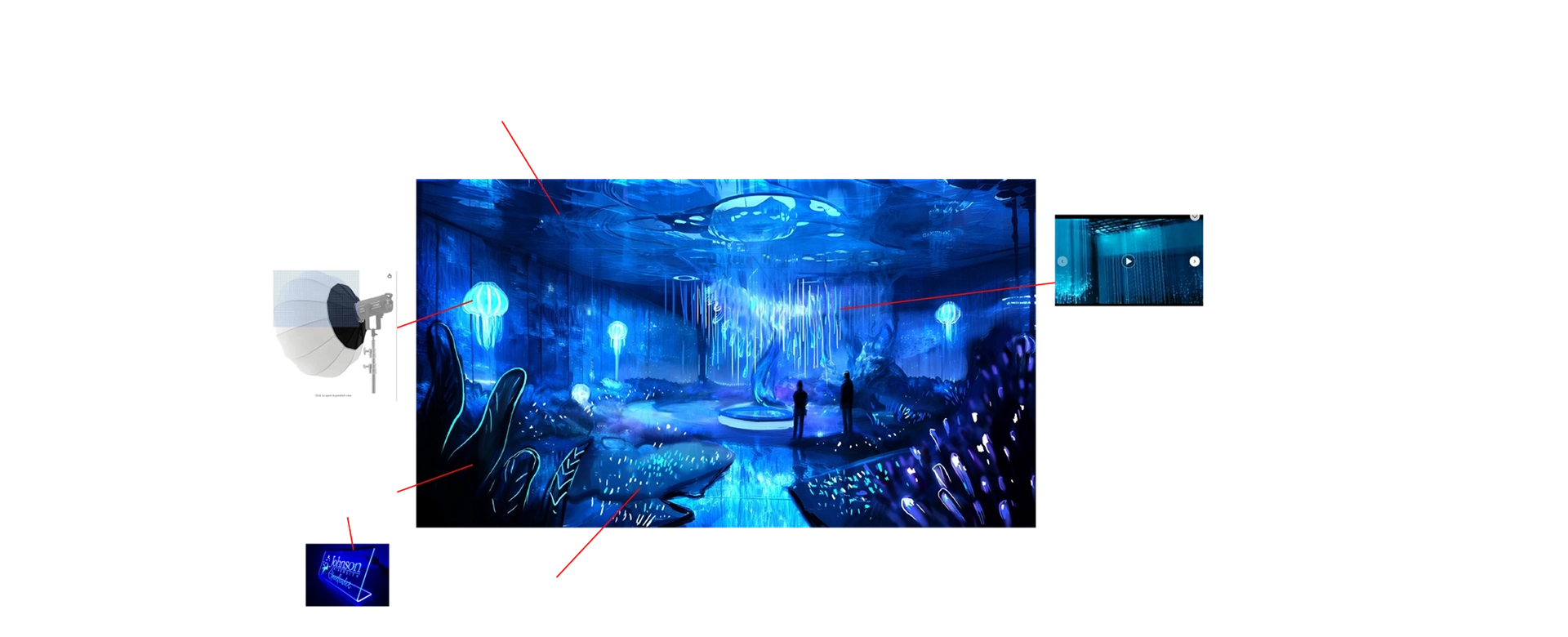
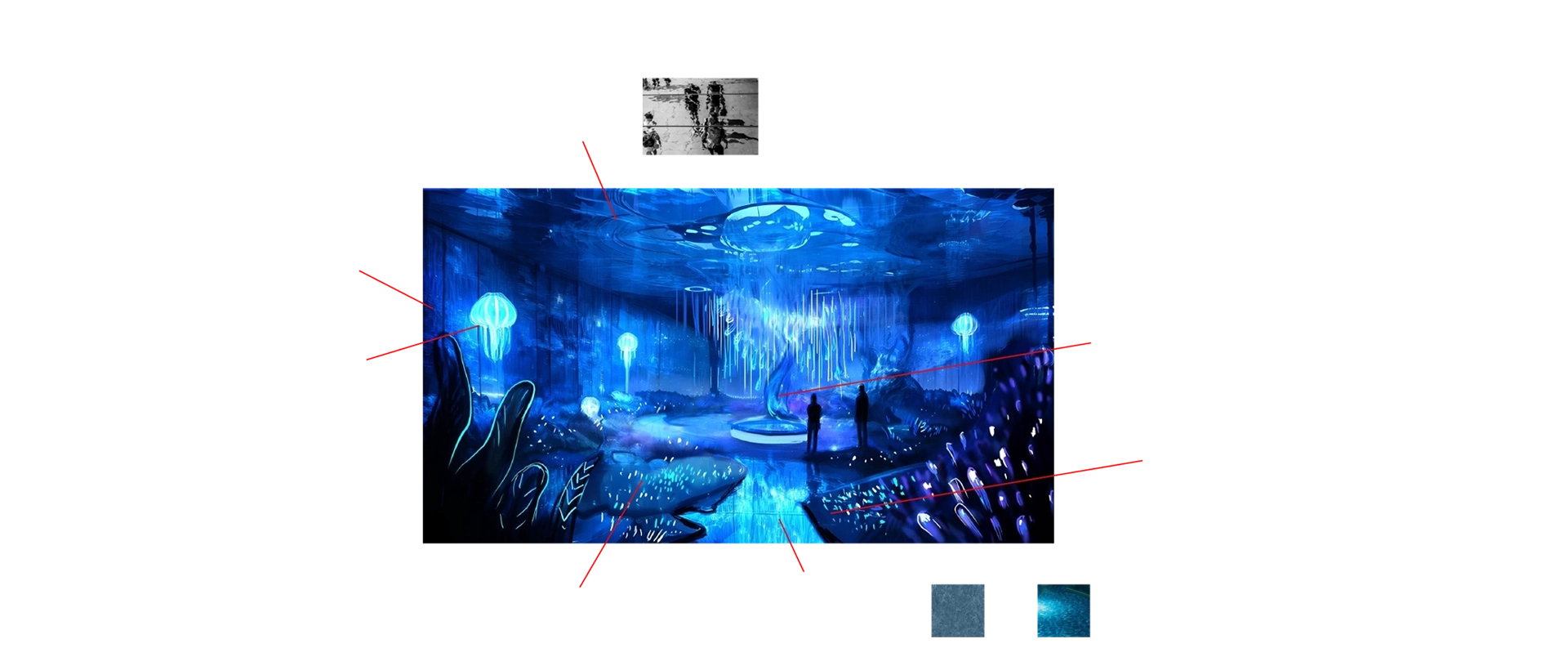
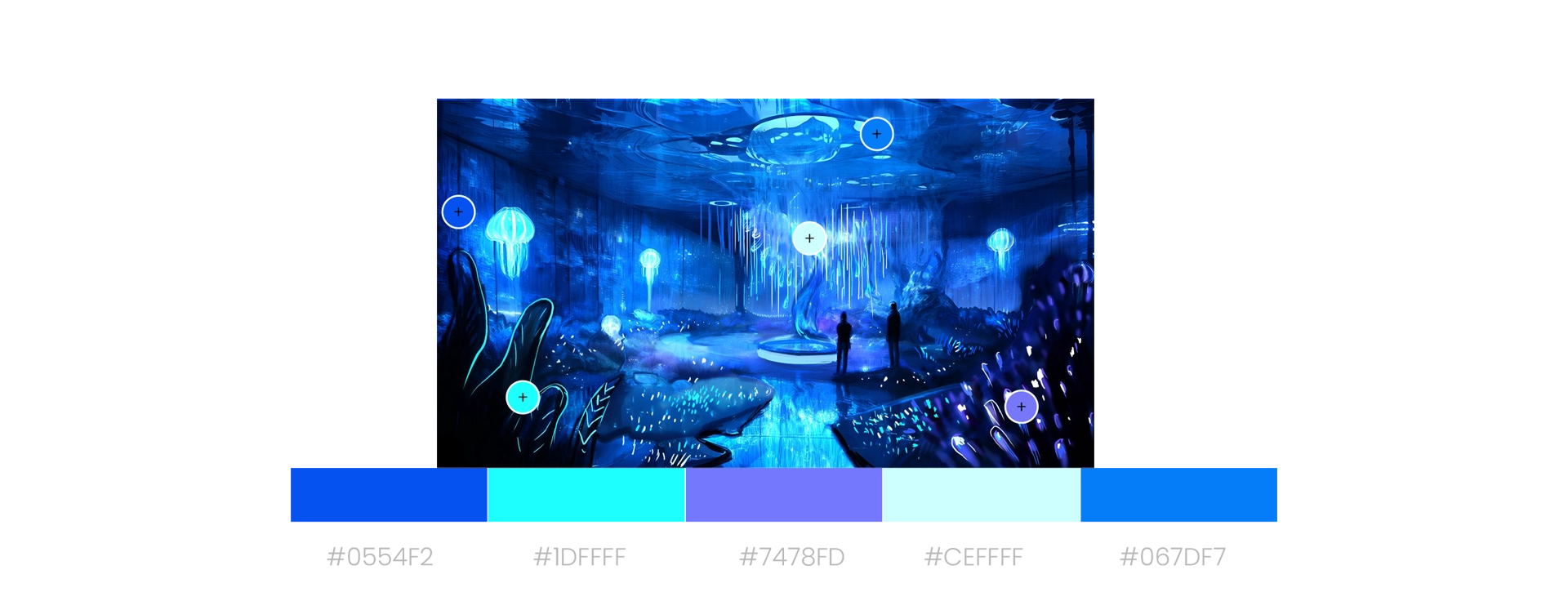
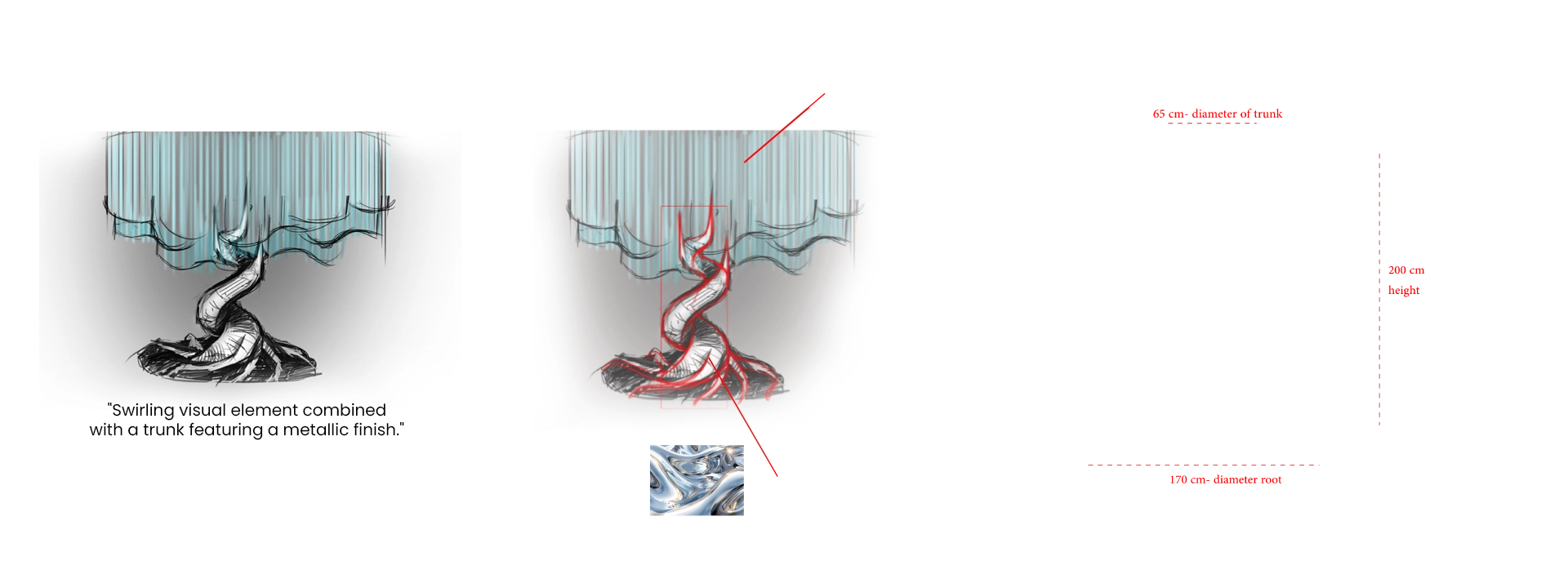

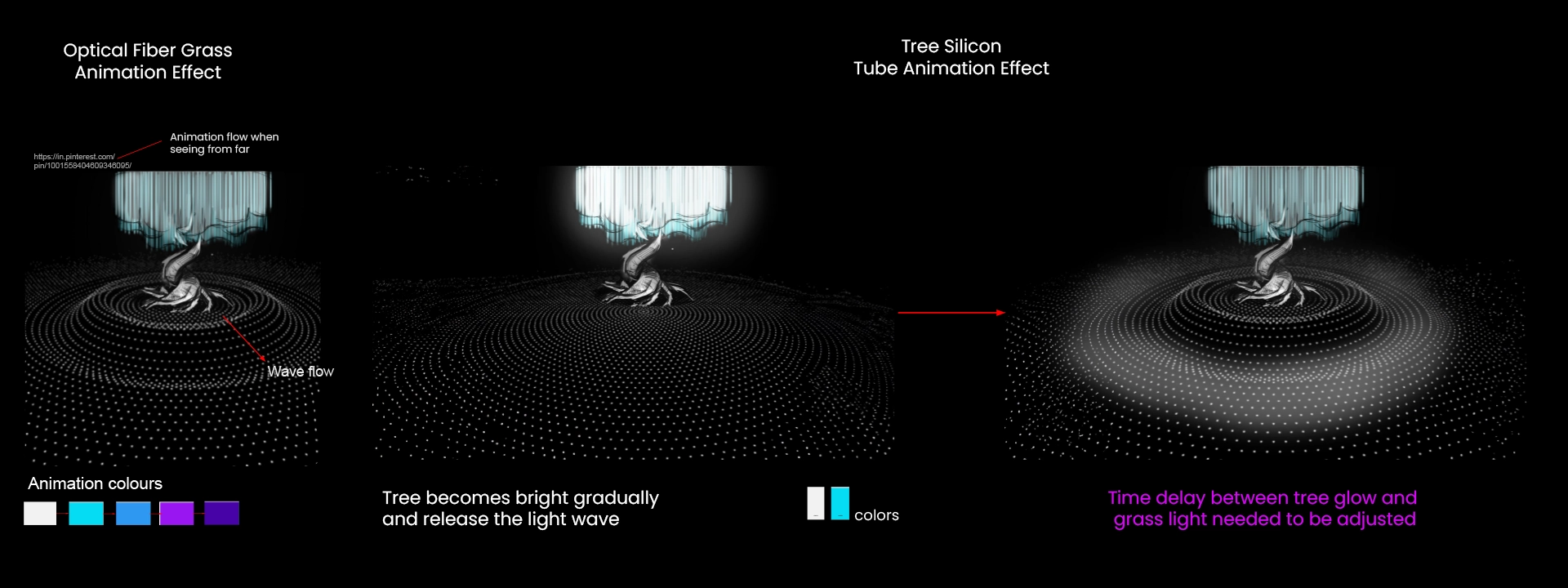


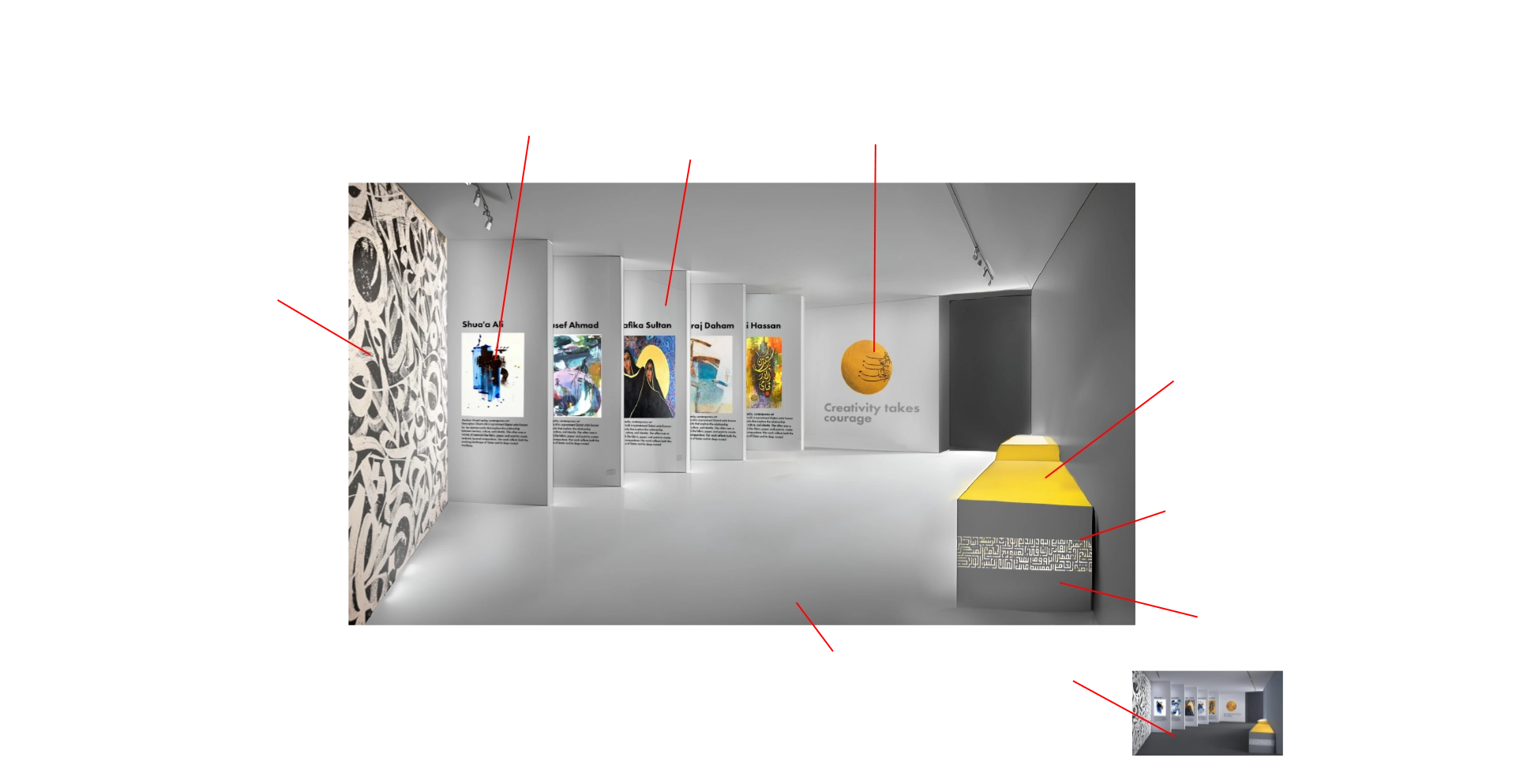
Entrance Area

The entrance area welcomed visitors with an interactive exploration zone, offering insights into the diverse experiences awaiting them at the event. To ensure seamless navigation, a well-placed map was available at the entrance and throughout key locations, helping attendees easily find their way and stay oriented within the venue.
An Inside Look at the Journey
There are a lot of things we may perceive as impossible. But there are several moment where we overcome and achieve more than the impossible. For us this event was about going beyond the impossible. From an empty room we build a new world that has a soul of its own in just five days.
Each day was a hands-on journey of learning and creating. Here’s everything we did in five days to craft an impeccable experience for the audience.
Projection Mapping Room
The Projection Mapping Room brought Ali Hassan’s artwork to life through technology. Using Resolume, the team created a dynamic motion graphic display that looped continuously, showcasing his masterpieces in a visually stunning manner. The immersive projections offered visitors a fresh perspective on his artistry while providing insights into his life and legacy, creating a connection between the audience and his work.
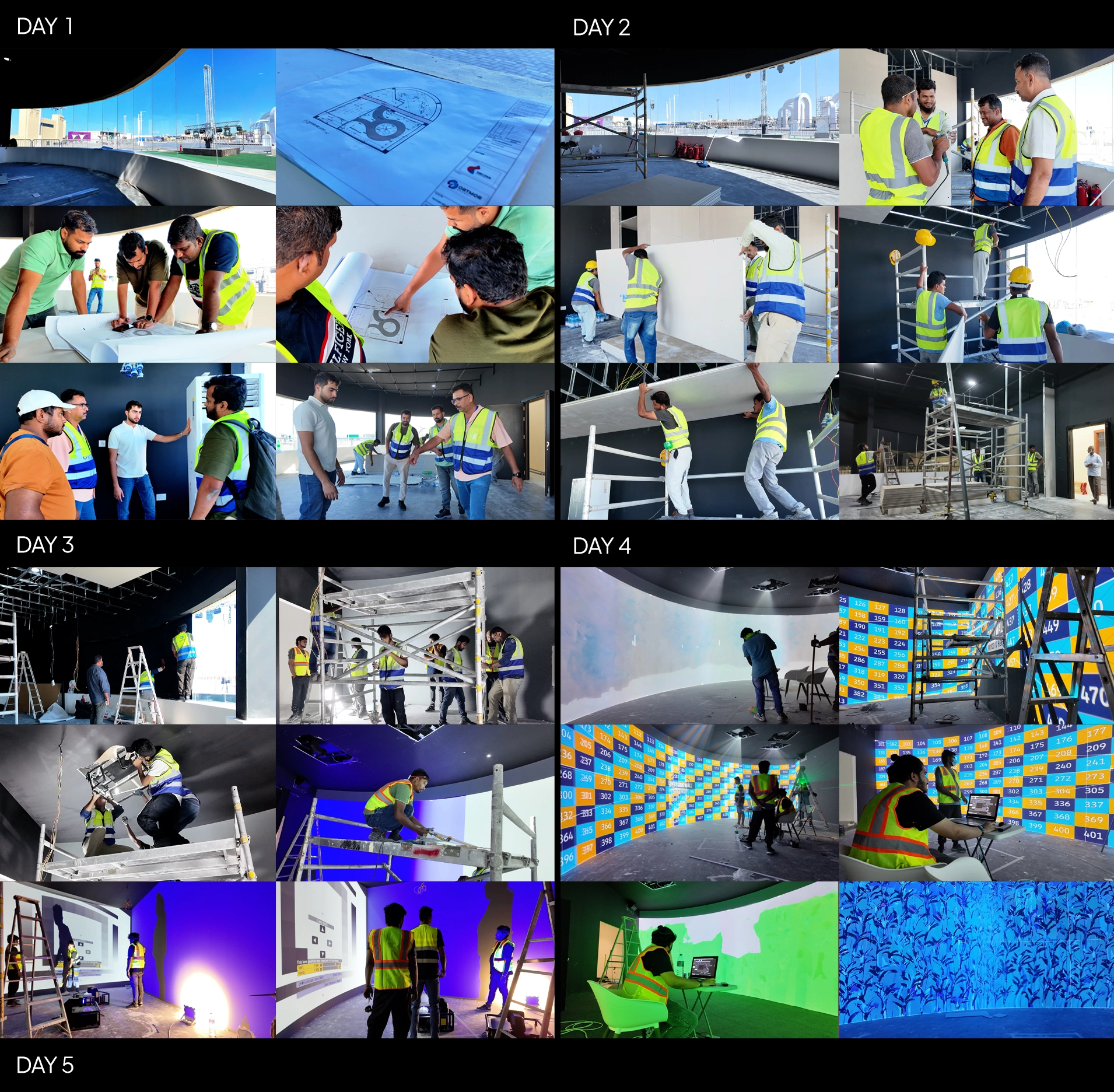
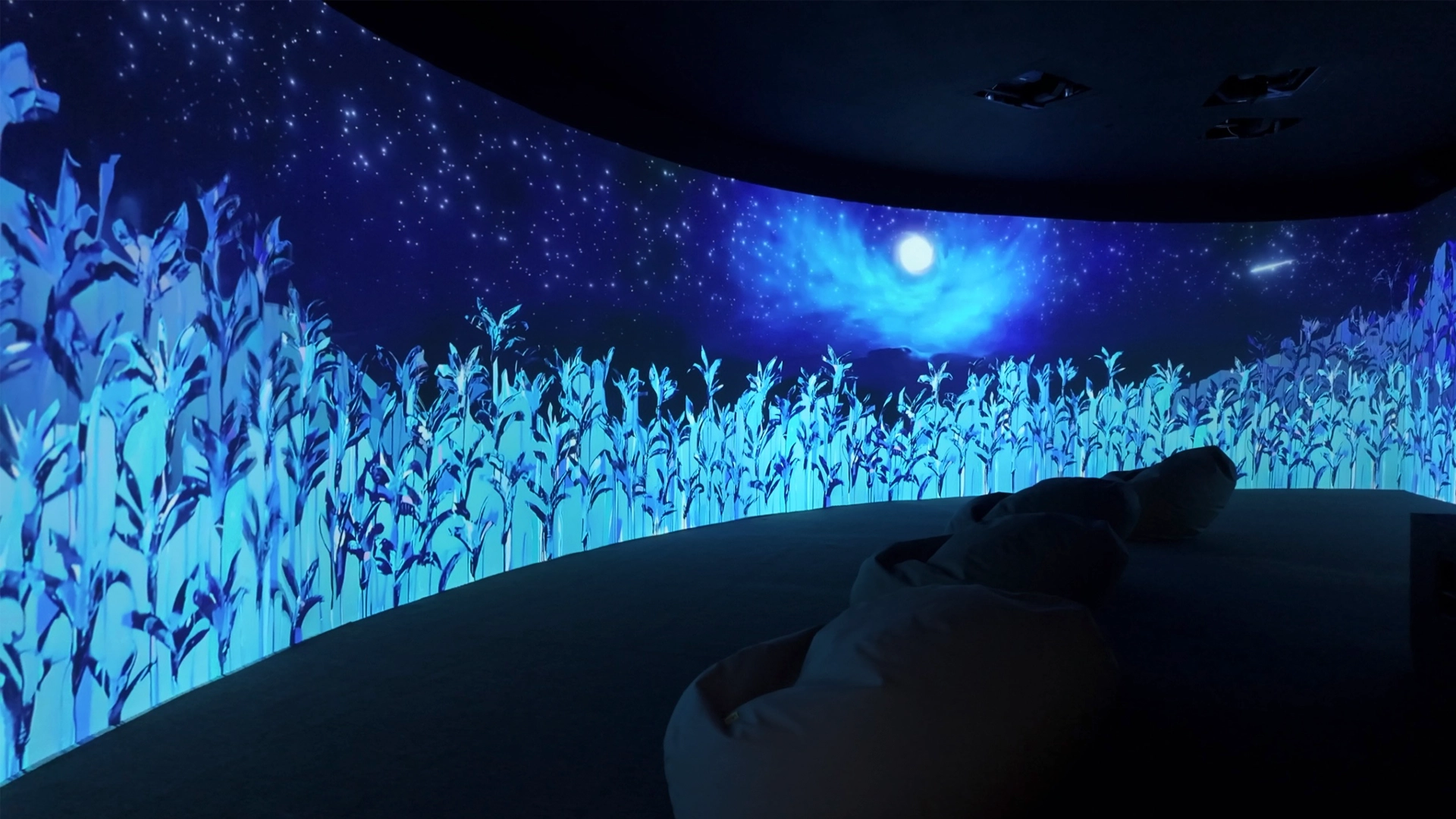
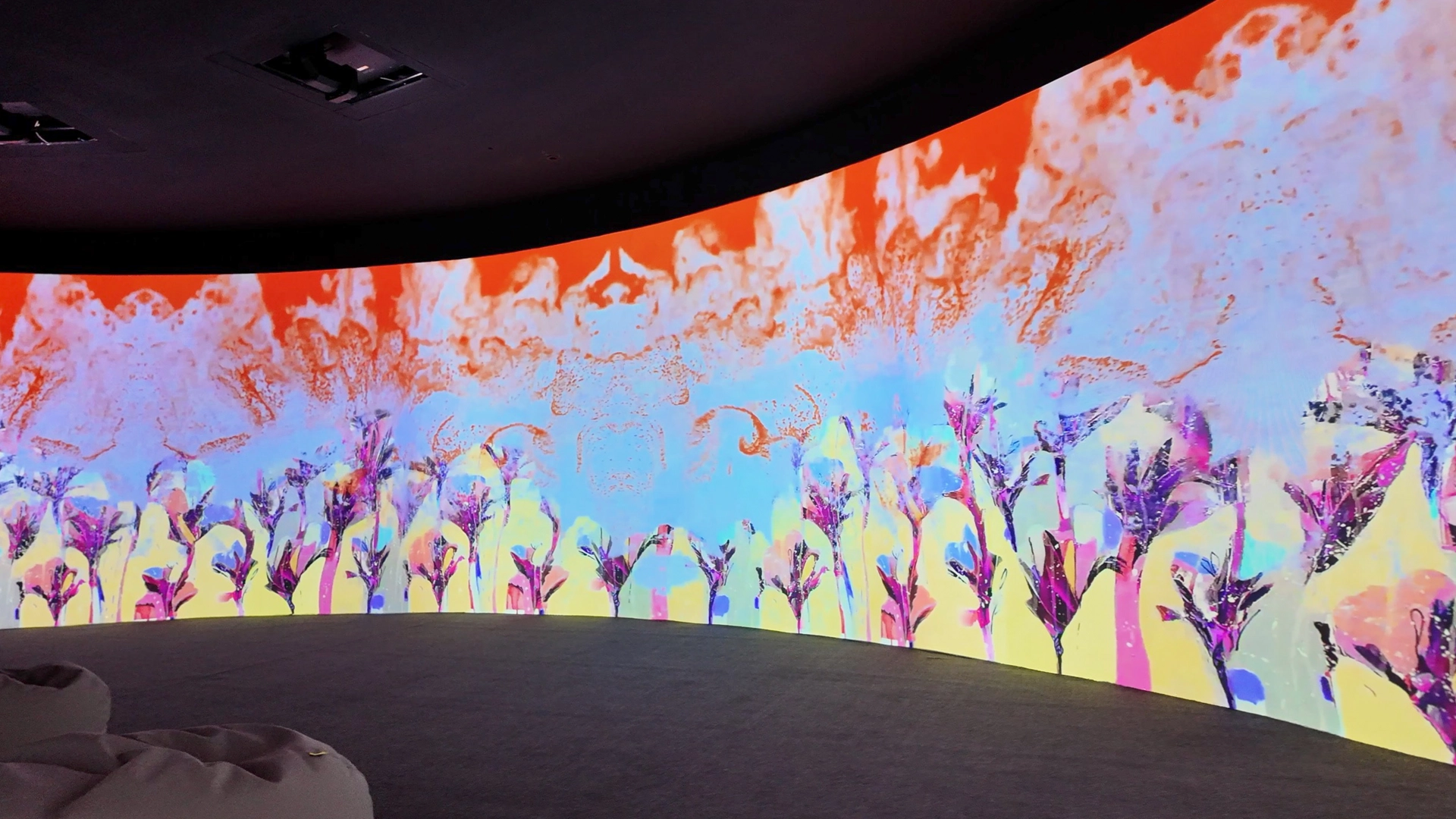

Immersive Experience Room Build-up
The Interactive Underwater Room was a standout feature, designed to transport visitors into an underwater-inspired world reflective of Ali Al Kuwari’s artistic vision. As attendees stepped inside, they were enveloped in a blue ripple projection, simulating the sensation of being submerged. Fiber optic strands resembling glowing underwater grass added a tactile dimension, while strategically placed mirrors created an infinite room effect.
Touch-sensitive neon plants enhanced the experience, lighting up or dimming based on visitor interaction, creating a sense of wonder and engagement. This immersive installation perfectly captured the "land meets the sea" theme, merging artistic interpretation with sensory innovation to leave a lasting impression on all who entered.
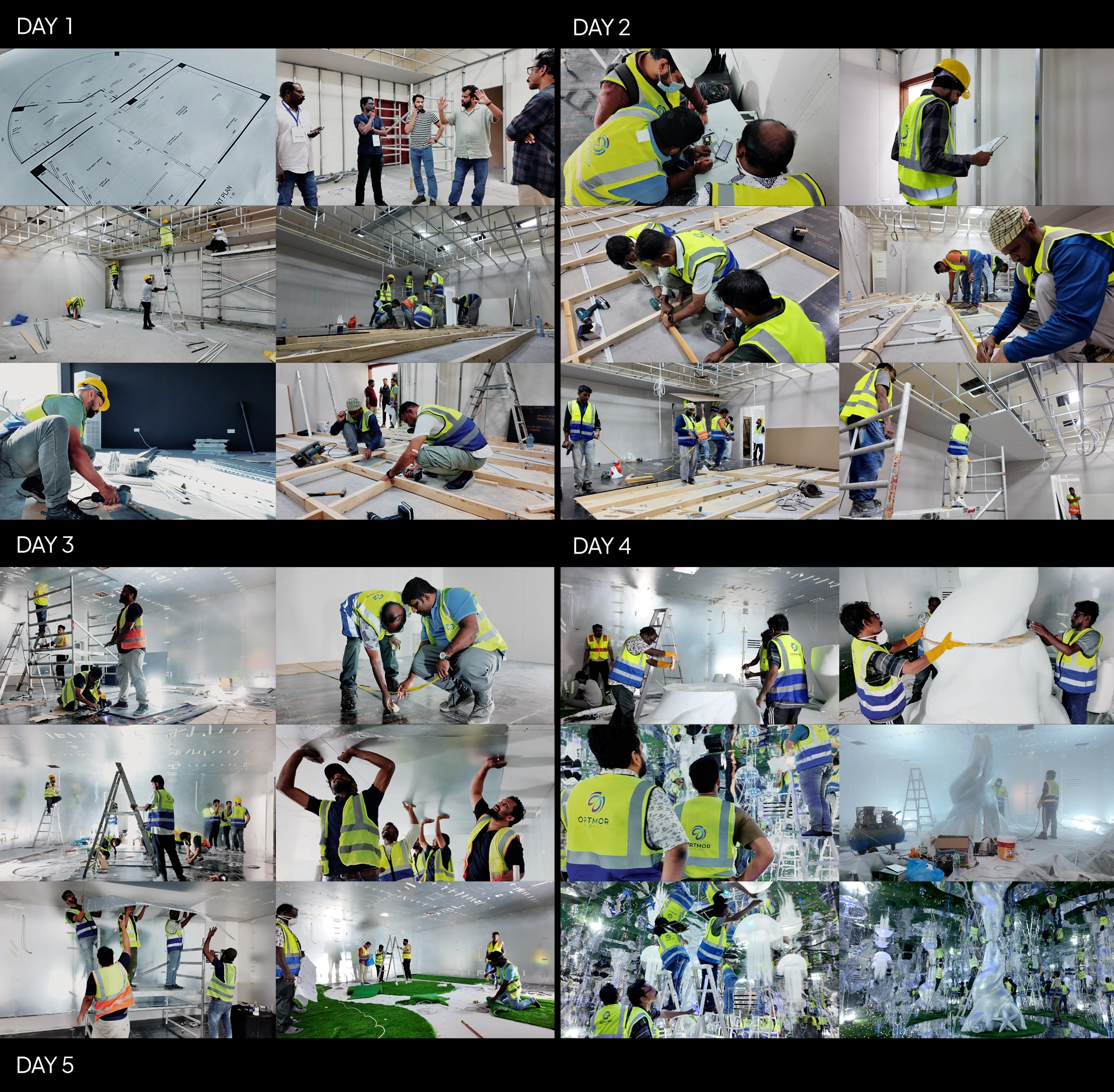

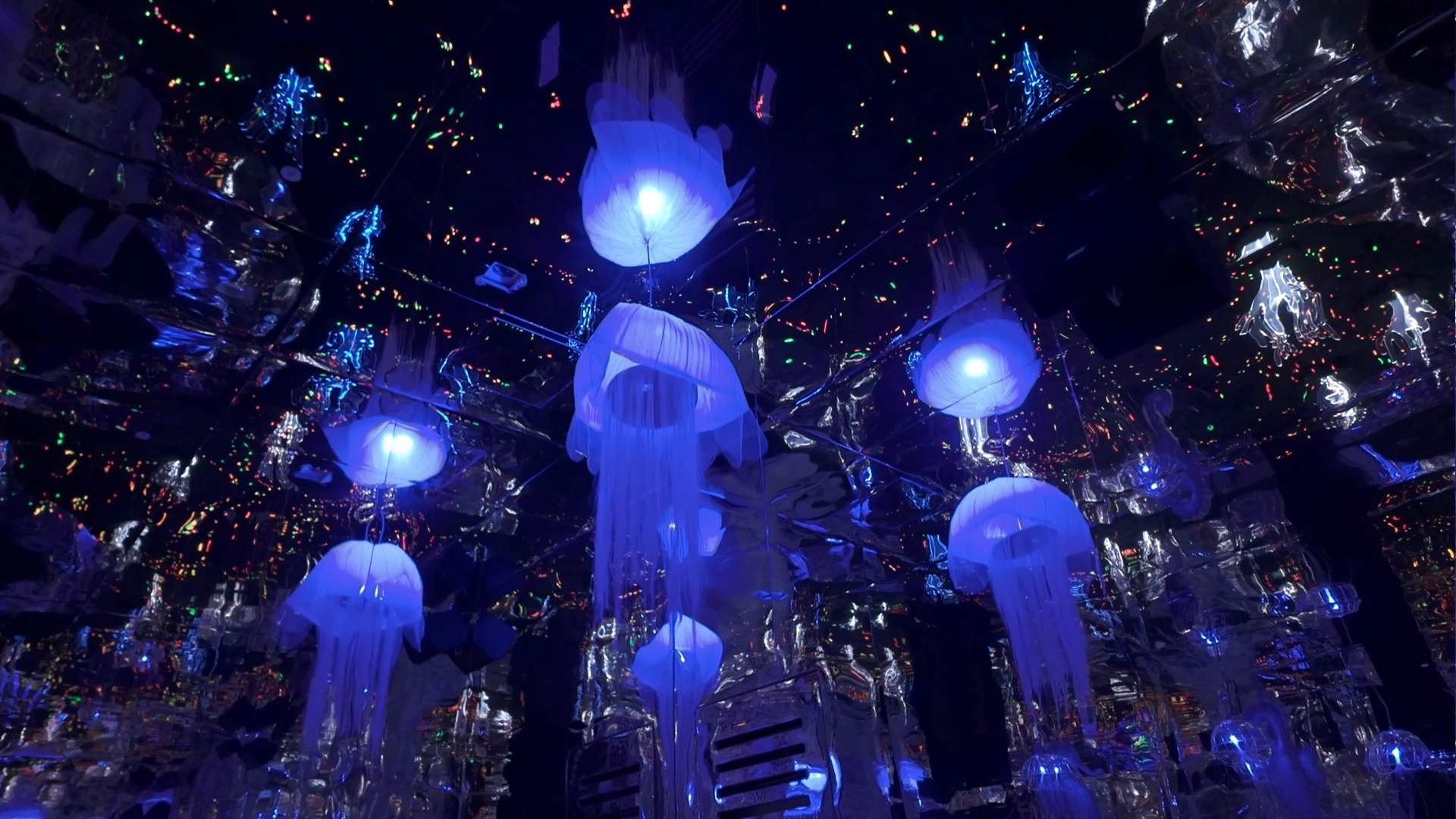
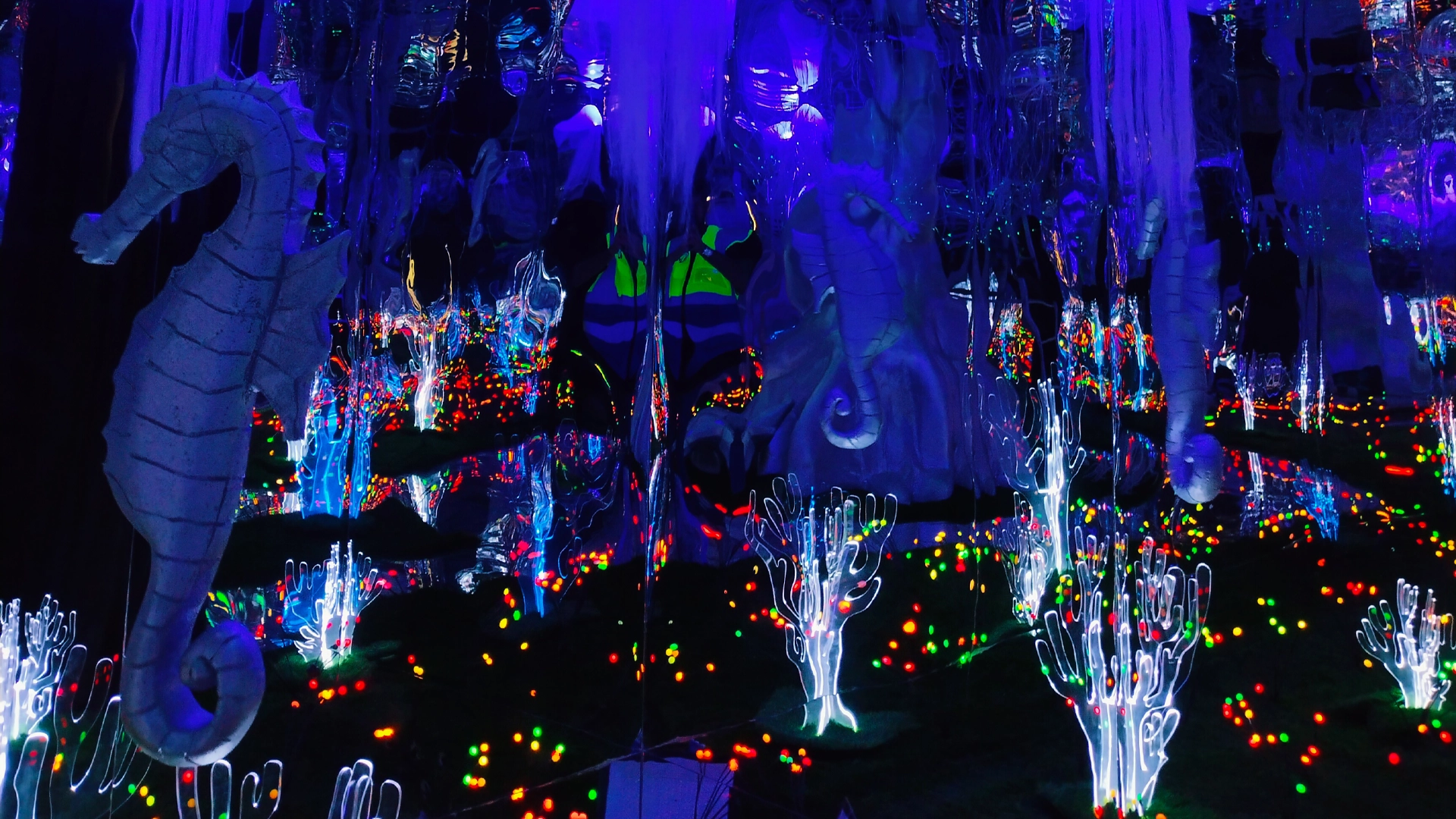
Art Exhibit Room
The Art Exhibit Area served as a gallery that celebrated the works of Ali Hassan and Ali Al Kuwari. It provided visitors with an intimate look at their creative journeys, featuring their most notable works along with bilingual descriptions and detailed biographies. This area offered an enriching experience, combining visual appeal with educational depth, and setting the tone for the more interactive elements of the festival.
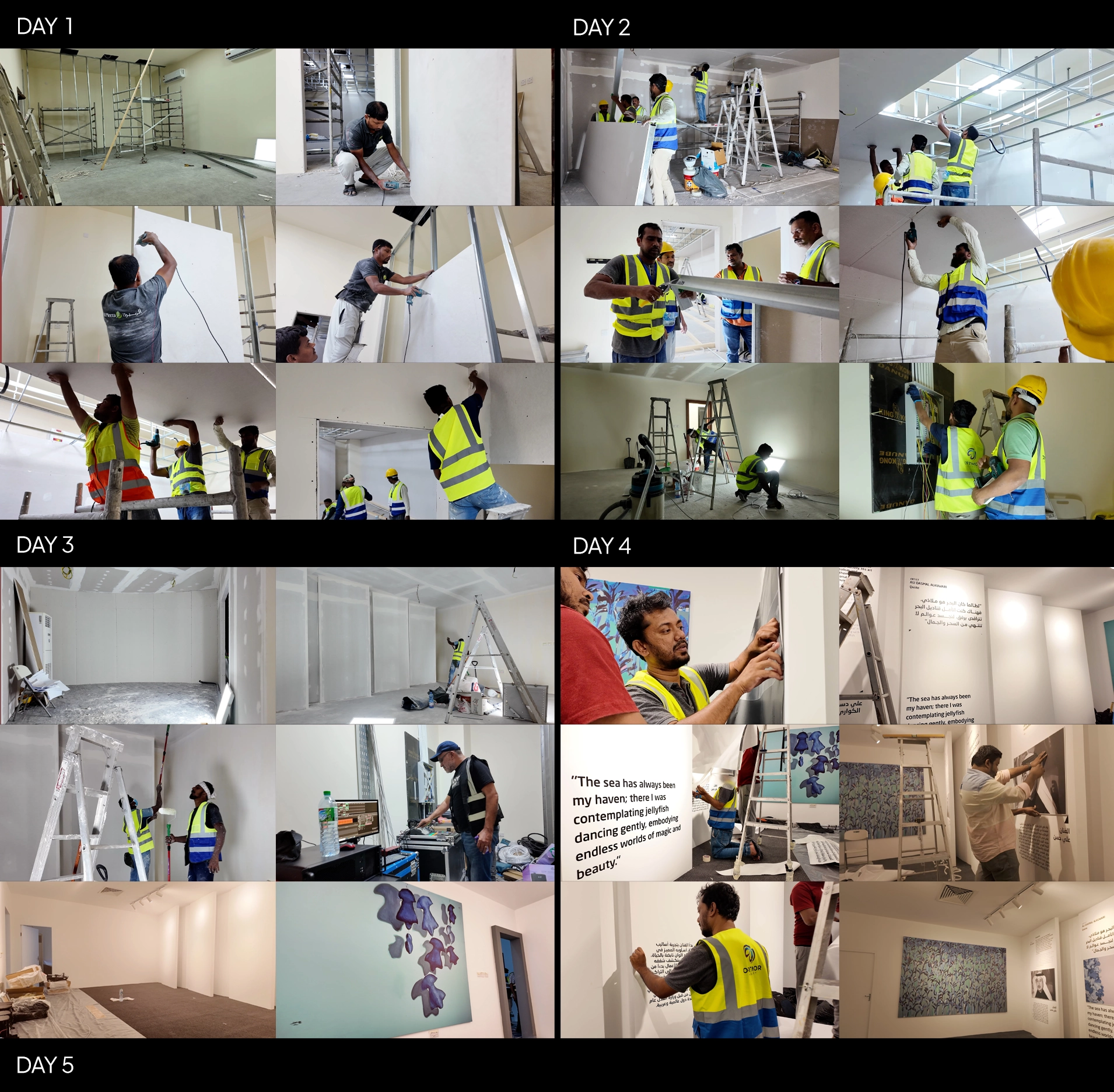
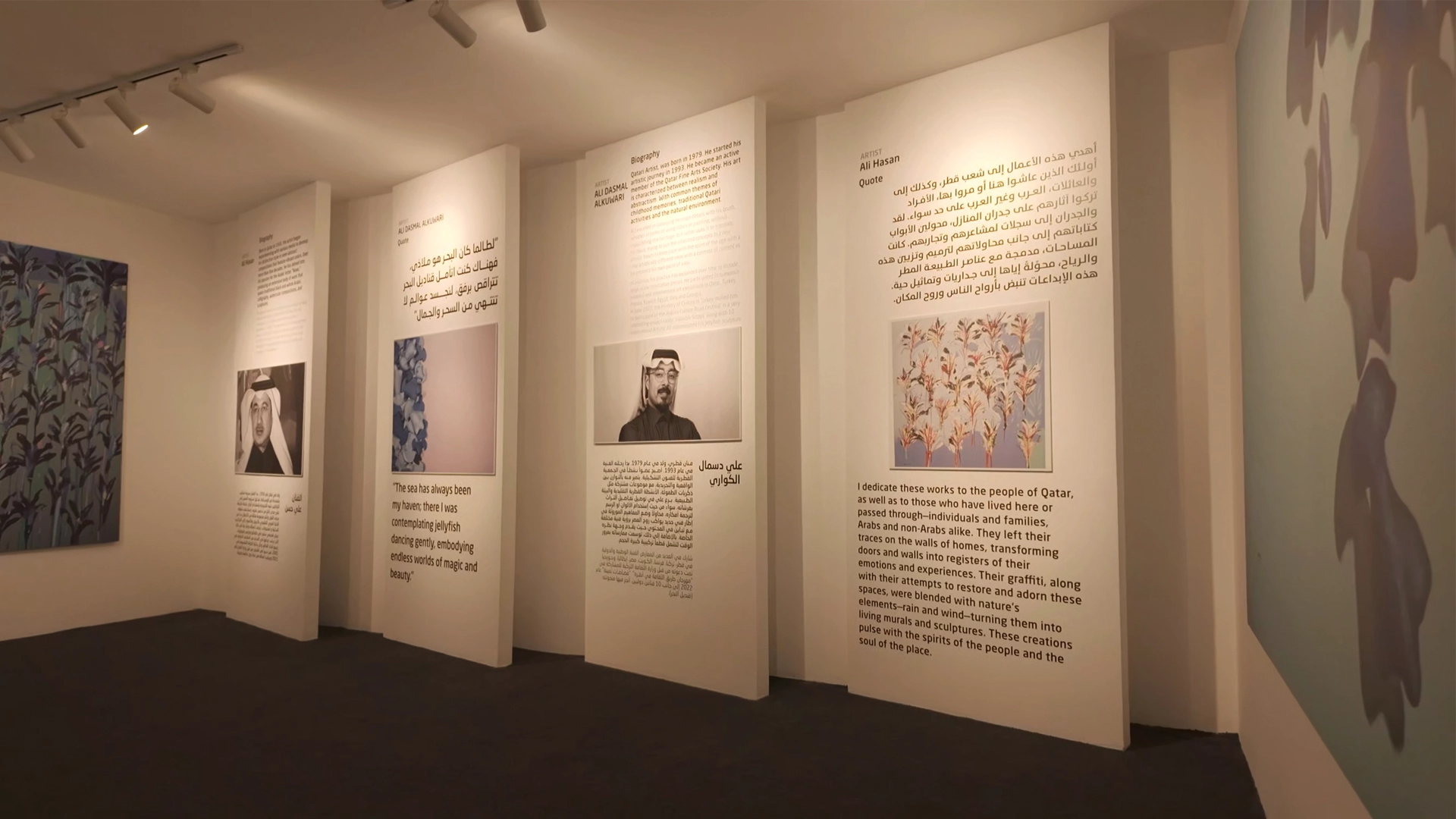
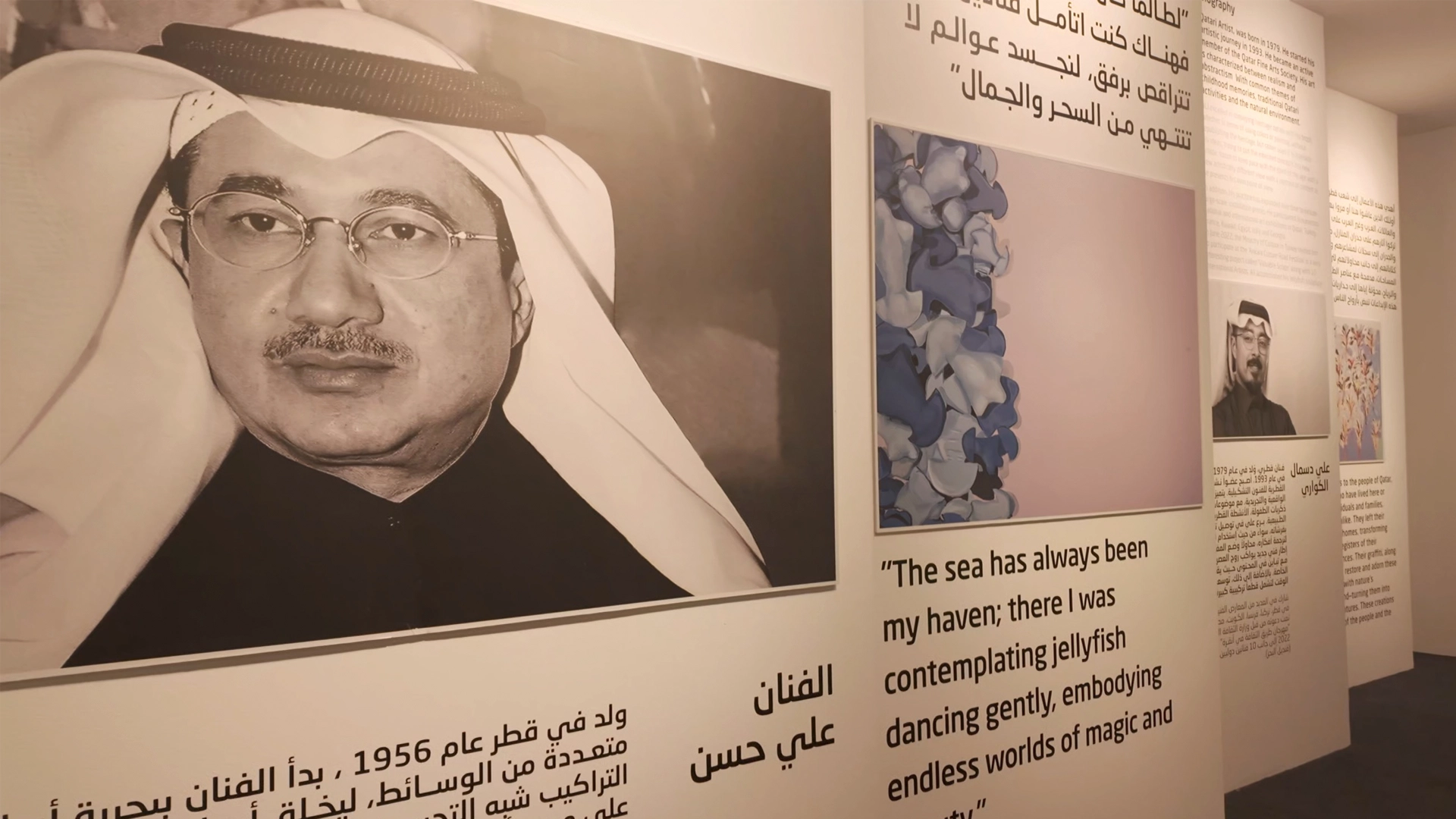

The Ultimate Outcome
The Freej Art and Design Festival was a resounding success, attracting a large and enthusiastic crowd over its six-day duration. Thousands of visitors, including families, art enthusiasts, and residents, gathered to experience the festival’s unique blend of art, culture, and innovation. The interactive installations, particularly the underwater room, became a festival highlight, drawing widespread acclaim for their creativity and execution.
The festival not only celebrated the legacy of Ali Hassan and Ali Al Kuwari but also inspired a new generation to explore and embrace artistic expression. By seamlessly integrating tradition with modernity, the event reinforced Qatar’s commitment to fostering creativity and preserving its cultural identity. The Freej Art and Design Festival set a benchmark for future cultural events in the region, leaving a legacy of artistic innovation and community engagement.